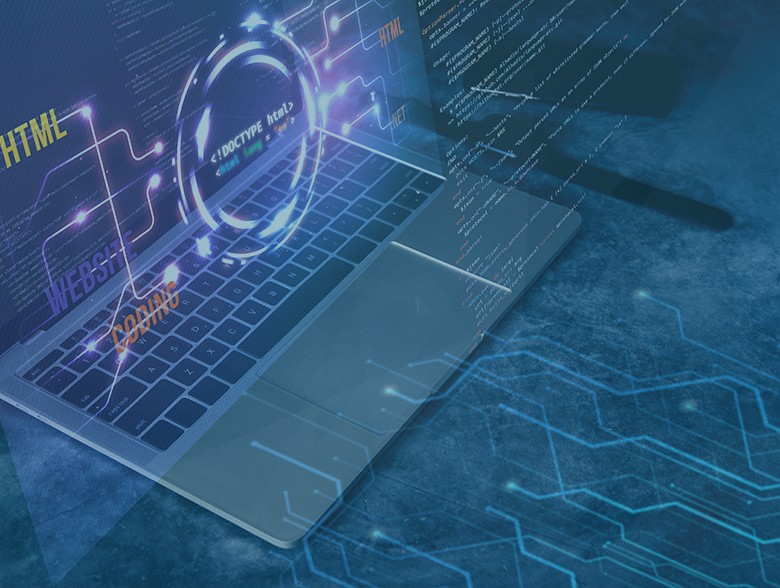The frequency and severity of password leaks and data breaches have reached unprecedented levels in today’s digital landscape, posing significant financial and reputational risks to organizations and compromising individuals’ privacy and security. Conventional security measures need to be modified to combat this growing threat. However, the emergence of blockchain technology offers a promising solution to bolster cybersecurity defenses.
In our interconnected world, password leaks and data breaches have become all too common. The consequences of such incidents are far-reaching, resulting in financial losses, damaged reputations, and compromised trust. According to IBM’s 2020 data security report, businesses took up to nine months to detect and contain a breach in 2020. The Mandiant Security Effectiveness Report of 2020 states that 58% of hackers gained access to the business network unnoticed, and 91% of cyber-attacks did not trigger an alert. These statistics emphasize the urgency for organizations and individuals to recognize the gravity of these threats and understand the limitations of traditional security measures. In fact, according to Cybersecurity Ventures, more than 60% of small businesses shut down after a cyber-attack due to the expenses required to remediate the problem and the loss of value from customers who have left.
As hackers constantly evolve their techniques, a proactive approach to safeguarding sensitive information becomes necessary. This is where blockchain technology comes into play. Blockchain is a decentralized and distributed ledger that records transactions across multiple nodes or computers. It operates on a consensus mechanism, where participants must agree on each transaction’s validity before adding it to the chain. The inherent characteristics of blockchain, such as immutability, transparency, and decentralization, make it a robust foundation for cybersecurity applications.
One area in which blockchain technology can enhance cybersecurity is password security. Password leaks often occur due to breached centralized databases where user credentials are stored. Blockchain offers an alternative approach to password security through decentralized identity management. By leveraging blockchain’s distributed ledger, users can retain control over their identities and personal data, reducing the risk of leaks. Additionally, blockchain enables passwordless authentication by leveraging cryptographic techniques, such as public-private key pairs, to authenticate users securely. This approach eliminates the vulnerabilities associated with traditional passwords and enhances overall security.
Another significant risk in the digital landscape is data breaches, which expose sensitive information to unauthorized parties with severe consequences. Blockchain technology can significantly mitigate this risk by employing encryption algorithms to secure data. Organizations can ensure that only authorized individuals with the corresponding decryption keys can access the information by encrypting data before storing it on the blockchain. Furthermore, blockchain’s immutable nature enables the creation of audit trails, facilitating forensic analysis and identifying security incidents. Data privacy and consent management are also improved using blockchain, empowering users with greater control over their personal information.
While blockchain offers promising solutions, it is essential to address the challenges and considerations associated with its implementation. Scalability and performance issues have been a longstanding concern, as blockchain networks can become slower and less efficient as they grow. Additionally, regulatory and legal frameworks are still developing, which poses potential compliance challenges. User adoption and interoperability between different blockchain platforms remain areas of exploration and improvement. Organizations must carefully evaluate these factors and devise effective strategies to overcome these challenges.
Numerous industries have recognized the potential of blockchain technology in enhancing cybersecurity. For example, the finance sector has explored blockchain-based solutions for secure and transparent transactions. Healthcare organizations are leveraging blockchain to protect patient records and ensure data integrity. In supply chain management, blockchain has demonstrated its efficacy in combating counterfeit products and enhancing traceability. These real-world examples highlight the tangible benefits of blockchain in strengthening cybersecurity across diverse sectors.
Looking to the future, blockchain technology holds immense potential in the field of cybersecurity. Emerging trends such as blockchain-enabled threat intelligence and secure data sharing present exciting opportunities for further innovation. By integrating blockchain with other advanced technologies like artificial intelligence and the Internet of Things (IoT), organizations can create a robust and interconnected security ecosystem. The synergy between these technologies can enable proactive threat detection, automated response mechanisms, and enhanced data protection. Ongoing research and development efforts are focused on addressing scalability issues and improving blockchain’s performance to meet the demands of a rapidly expanding digital landscape.
To conclude, blockchain technology has emerged as a game-changer in cybersecurity due to its unparalleled security features. By leveraging blockchain’s decentralized nature, organizations can enhance password security, secure sensitive data, and fortify their cybersecurity infrastructure. Although challenges exist, the potential benefits and real-world success stories illustrate the promising future of blockchain technology. As organizations strive to protect their valuable information, embracing blockchain as part of a comprehensive cybersecurity strategy is crucial for a more secure and trustworthy digital ecosystem.


